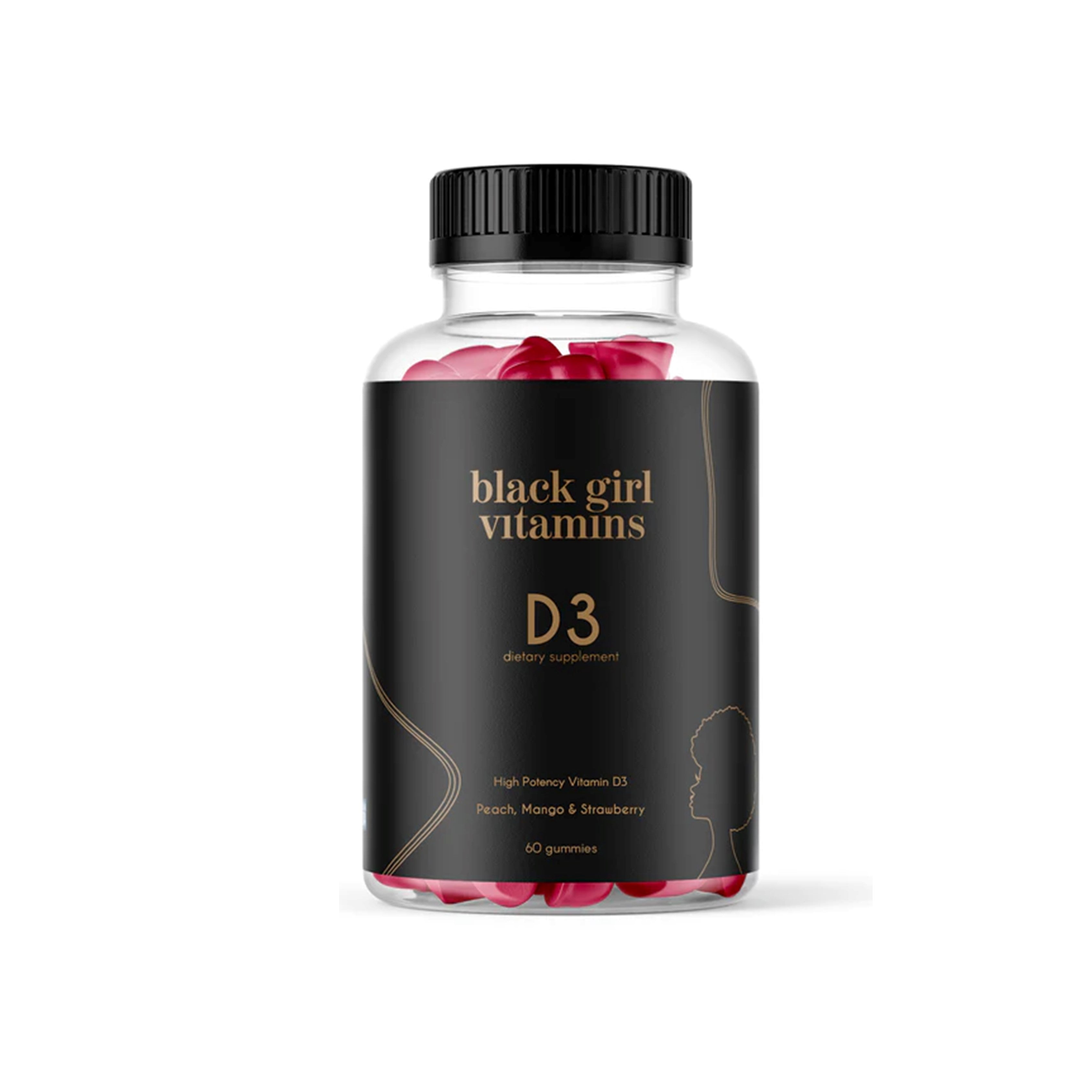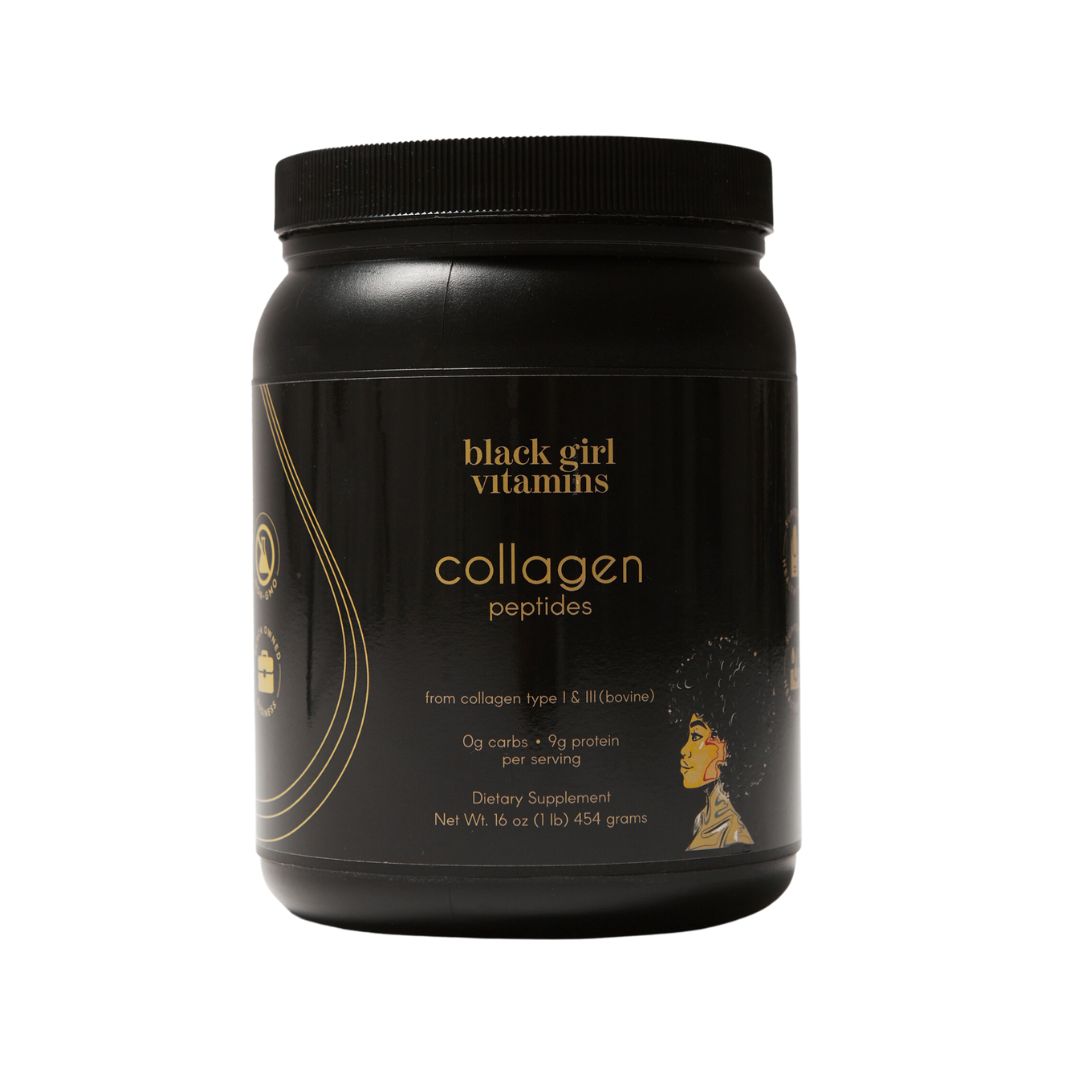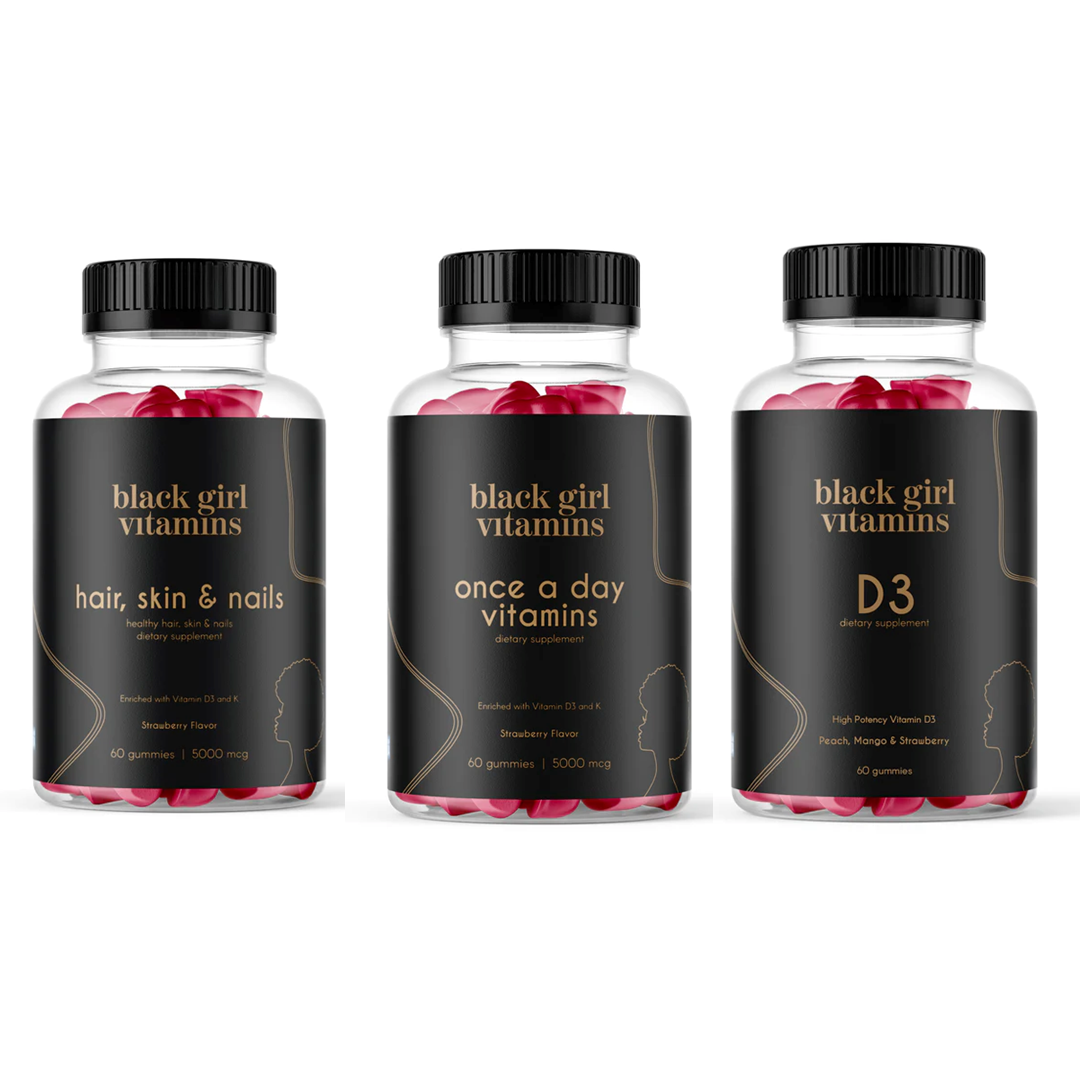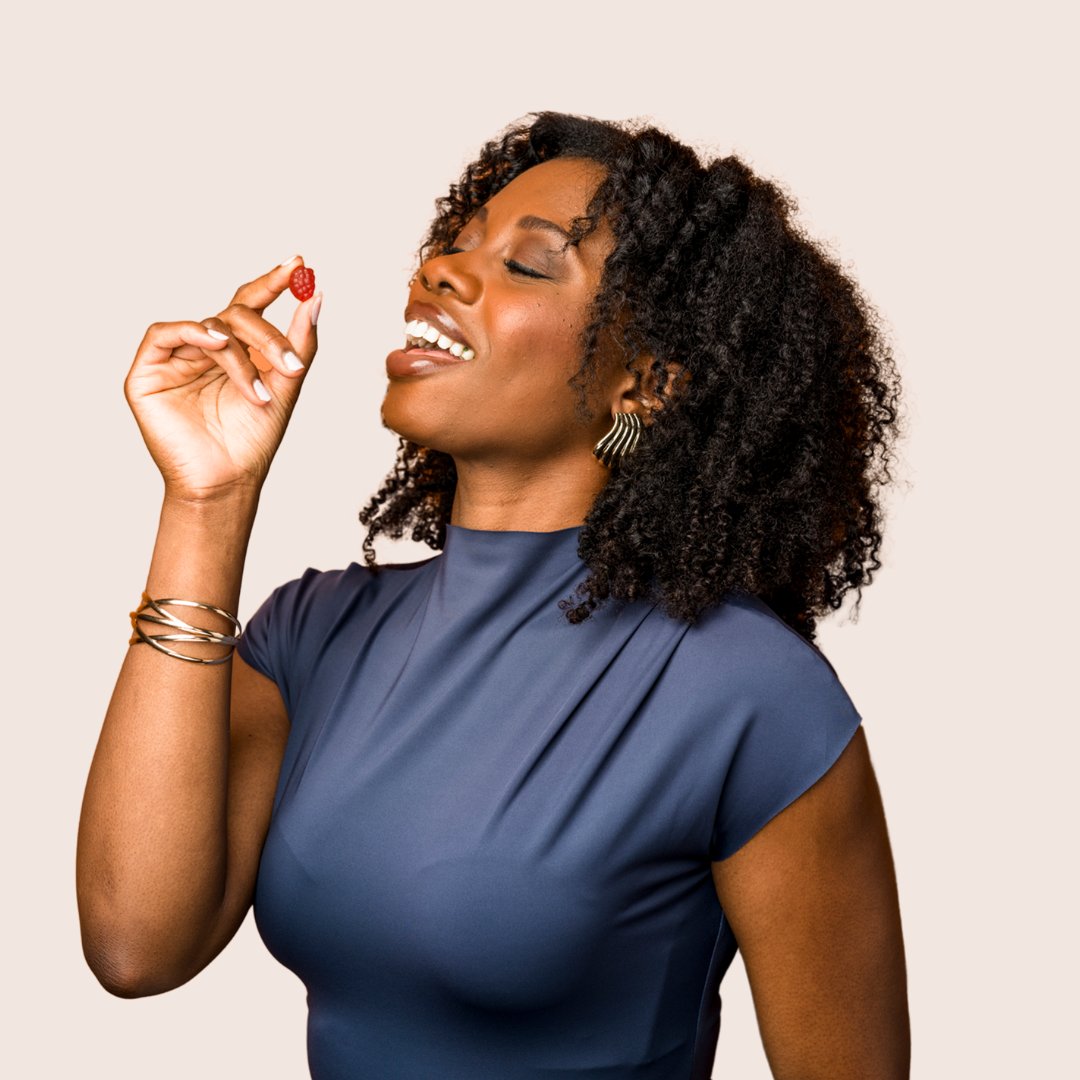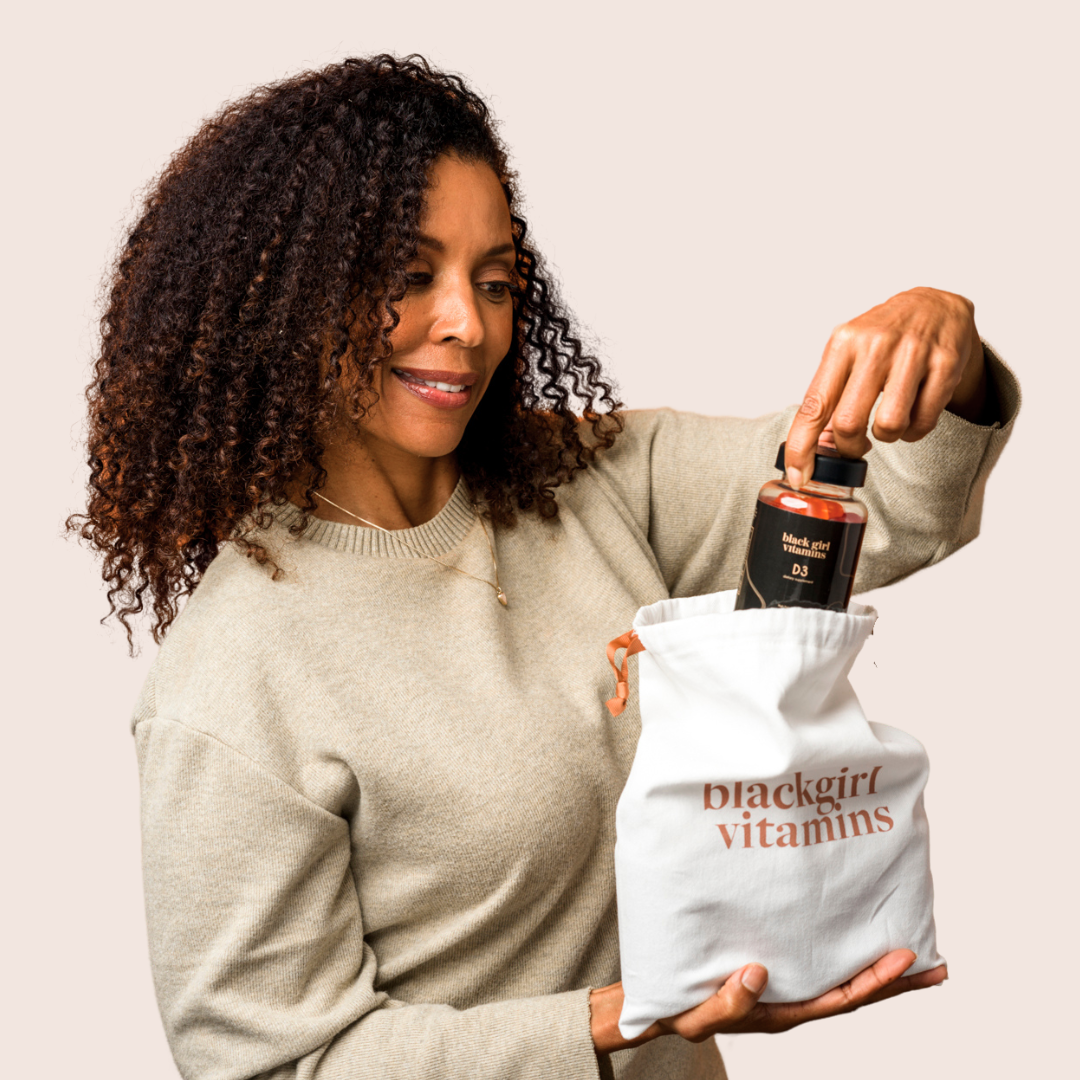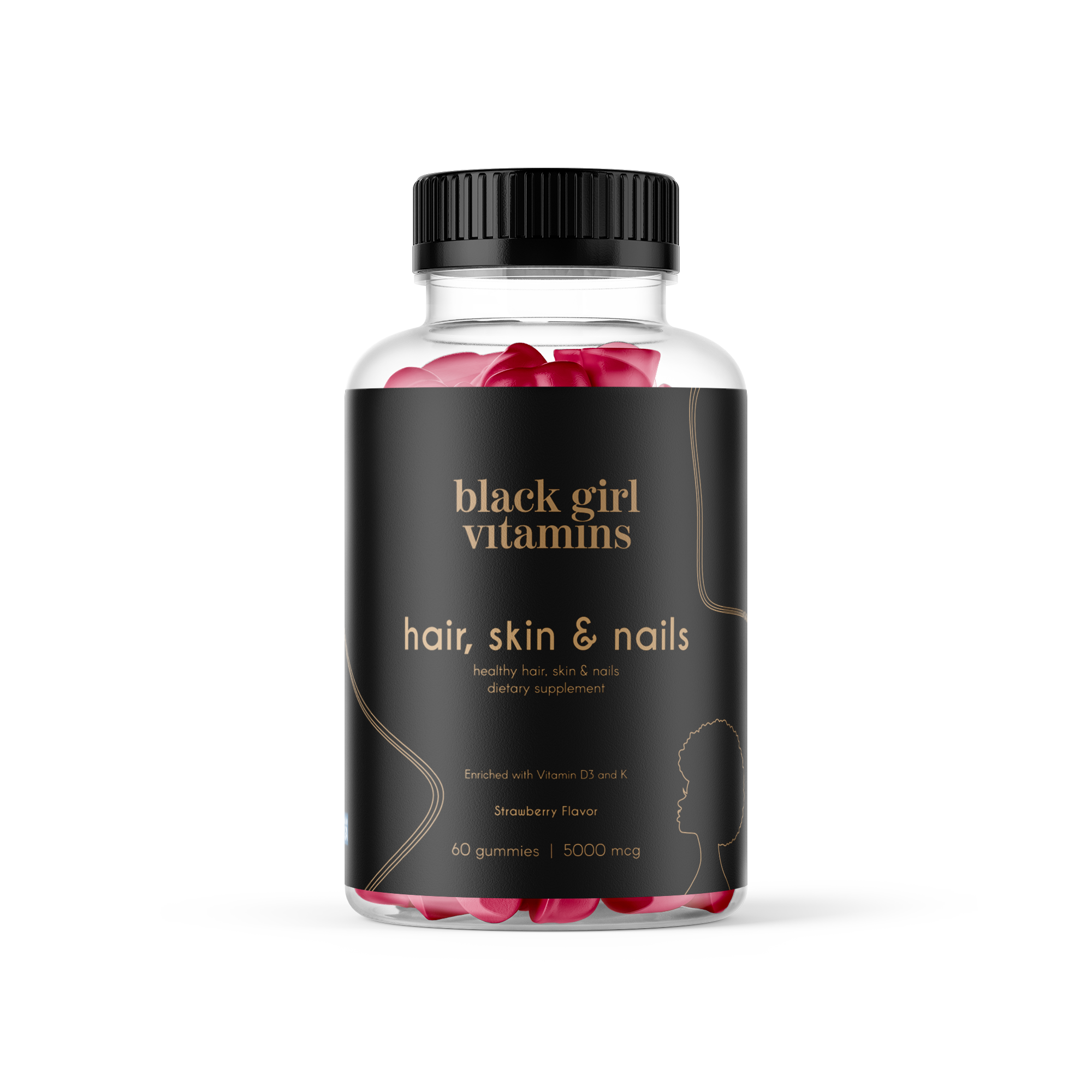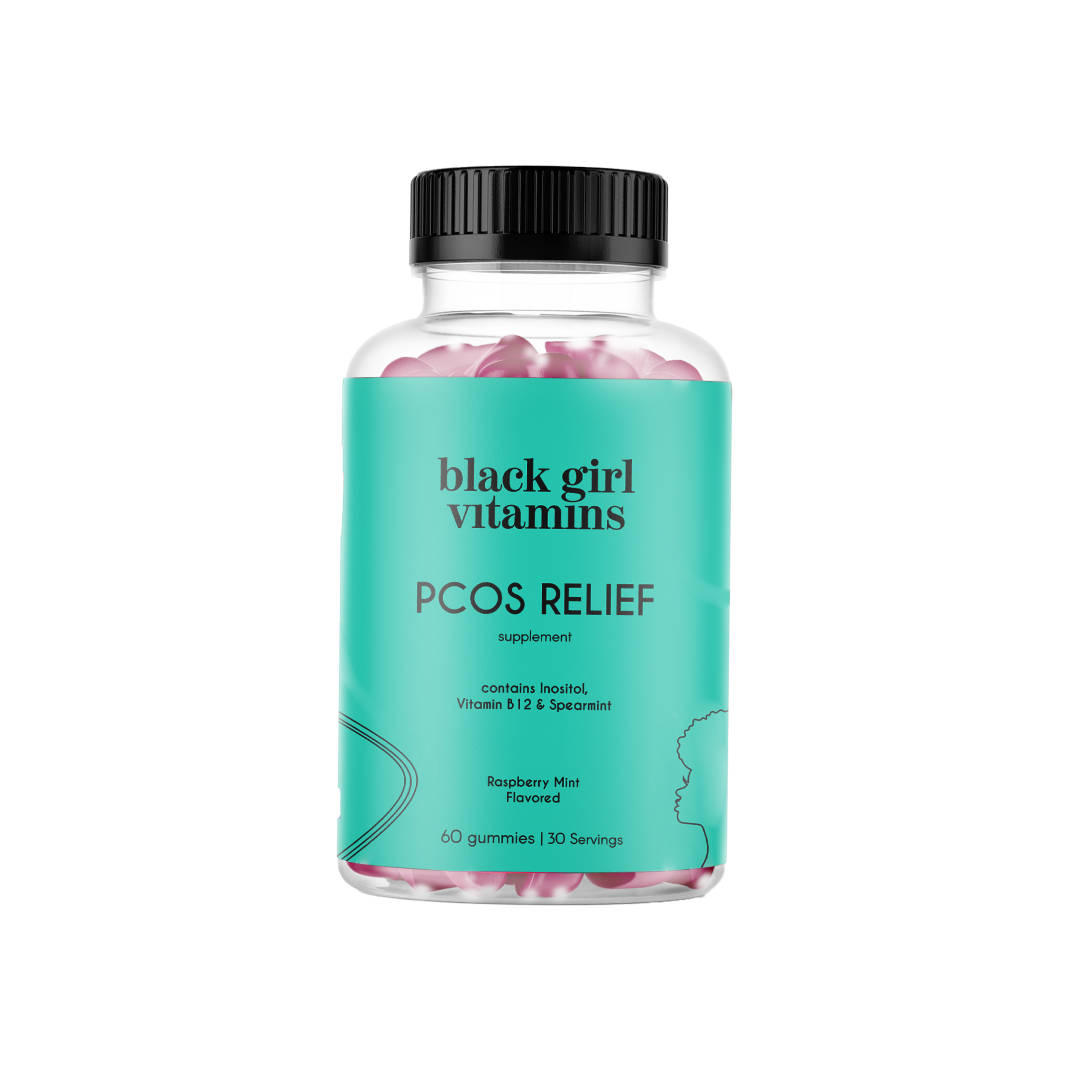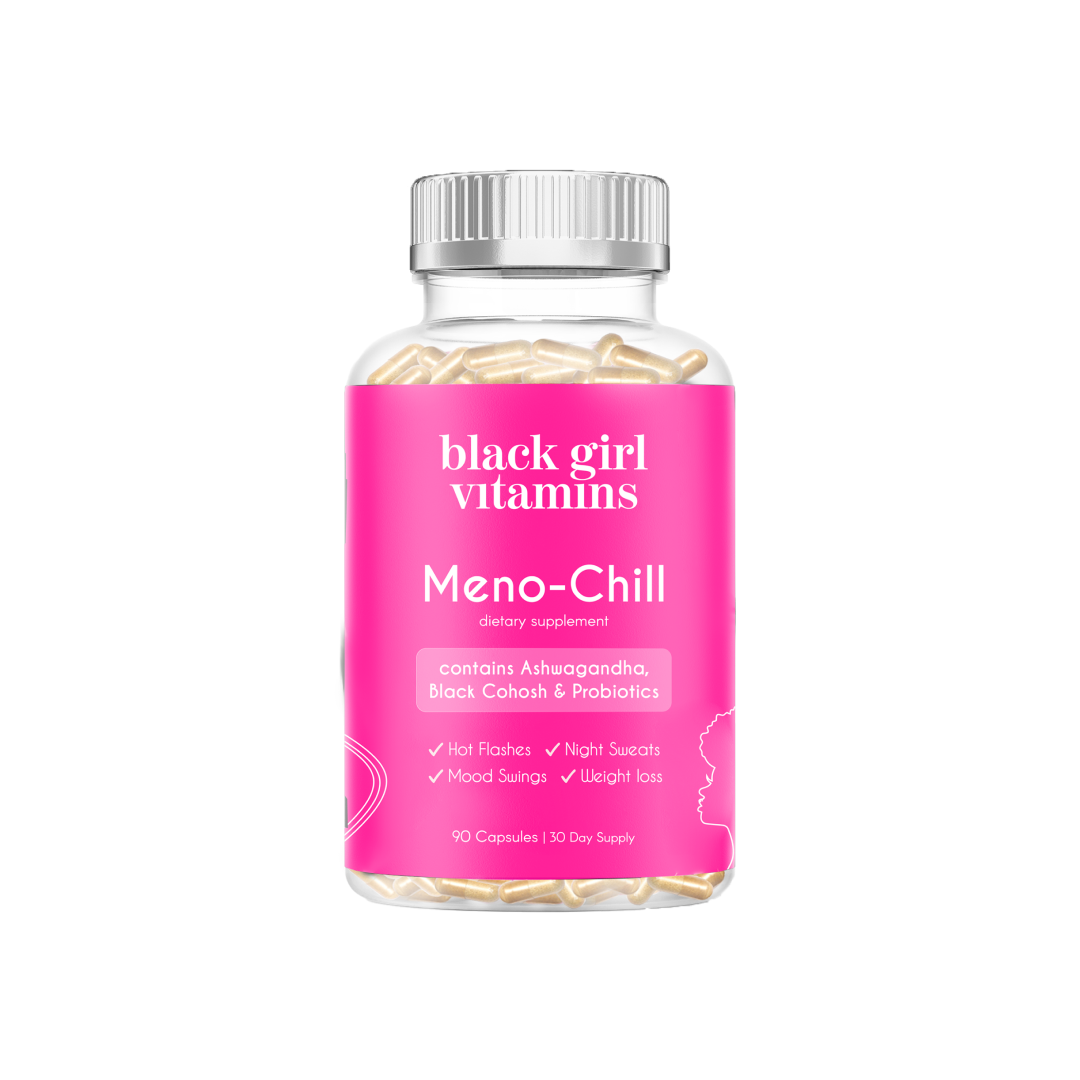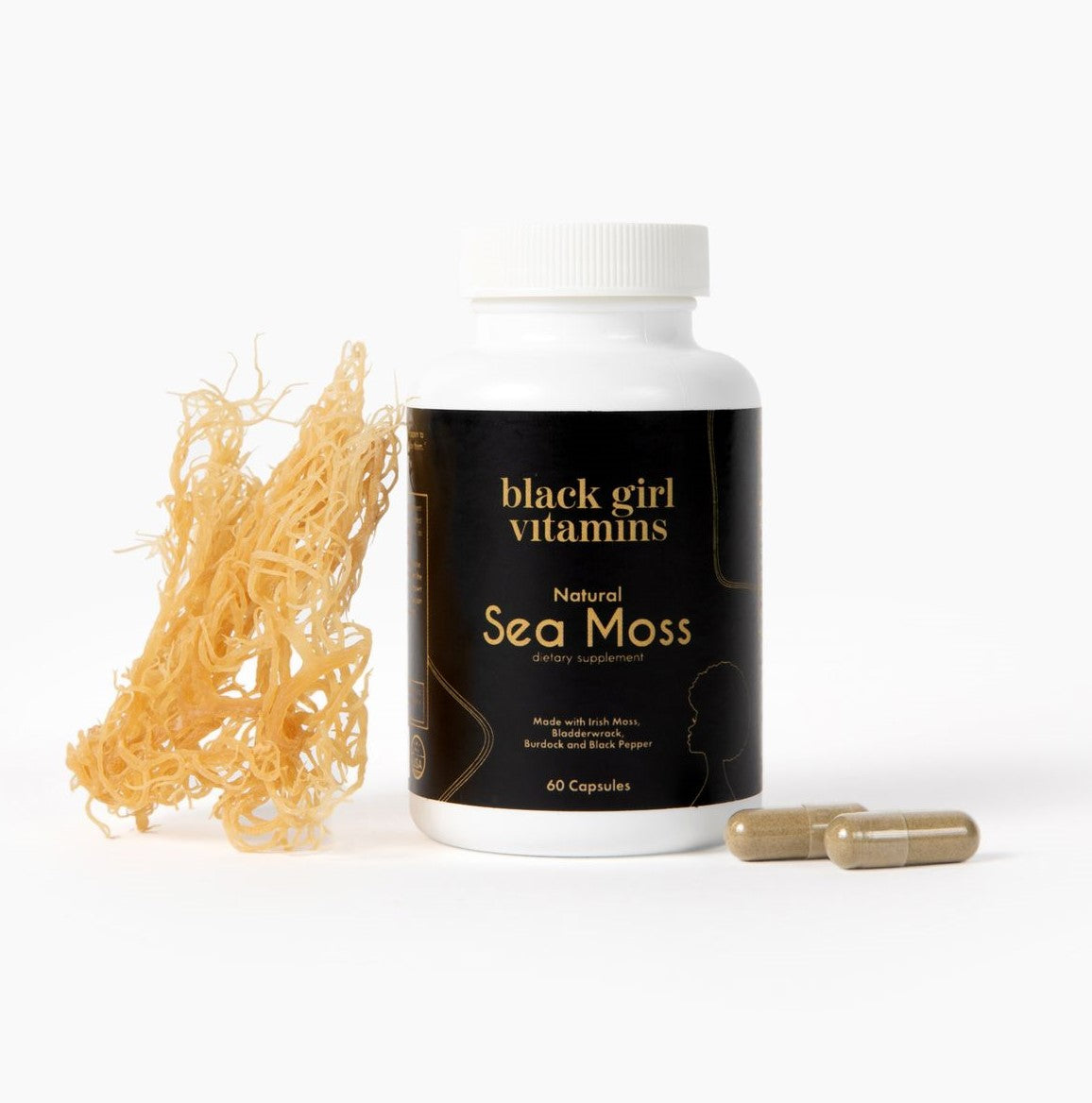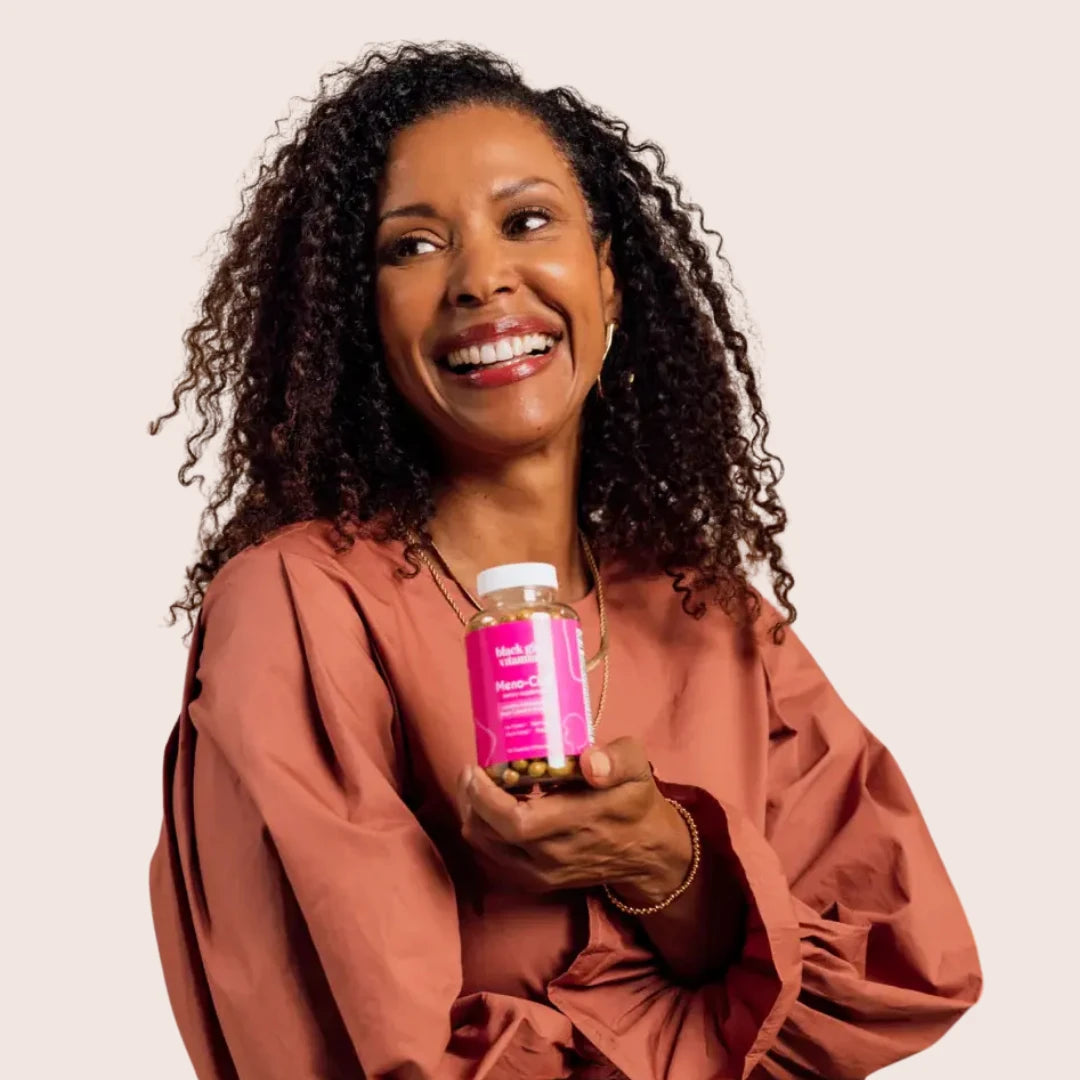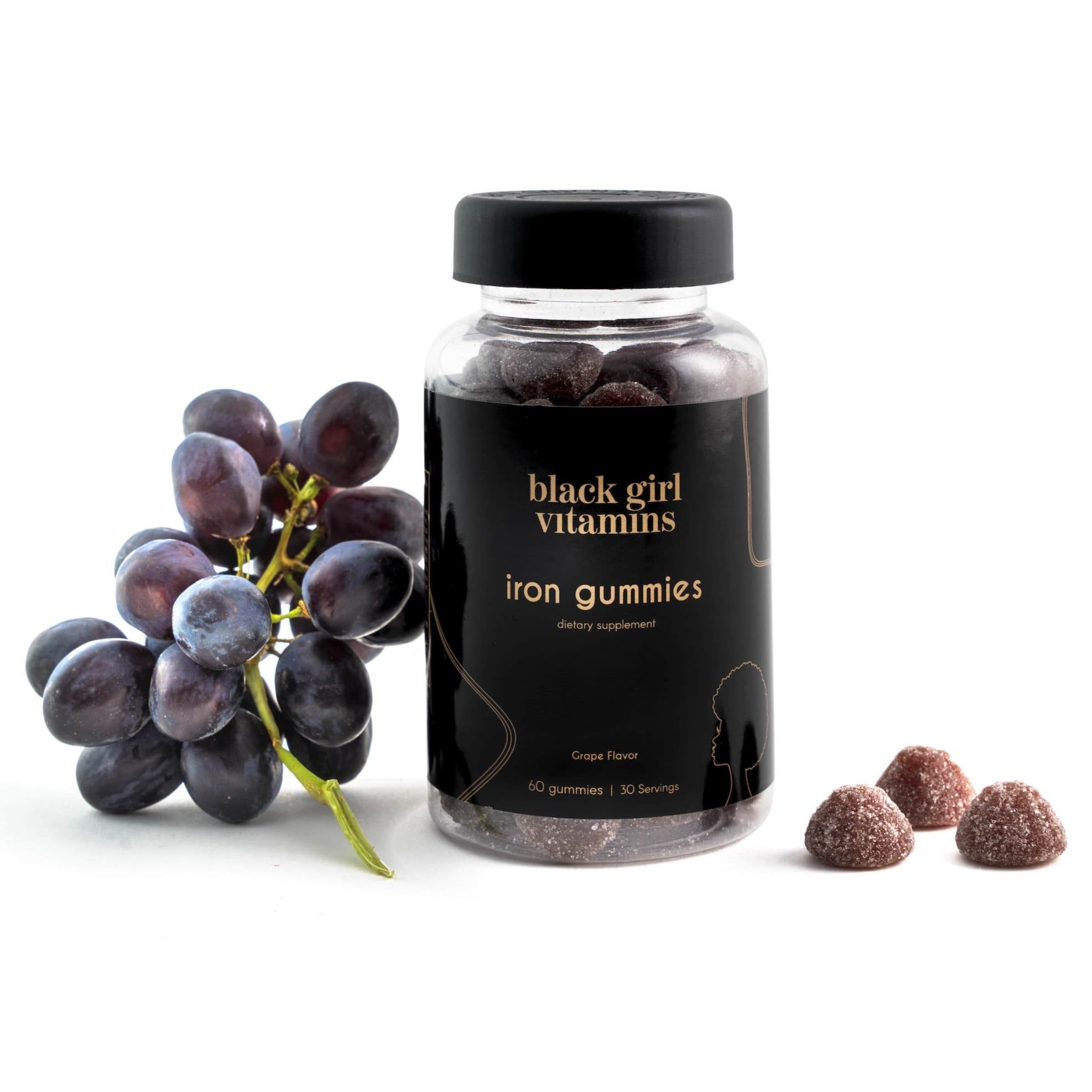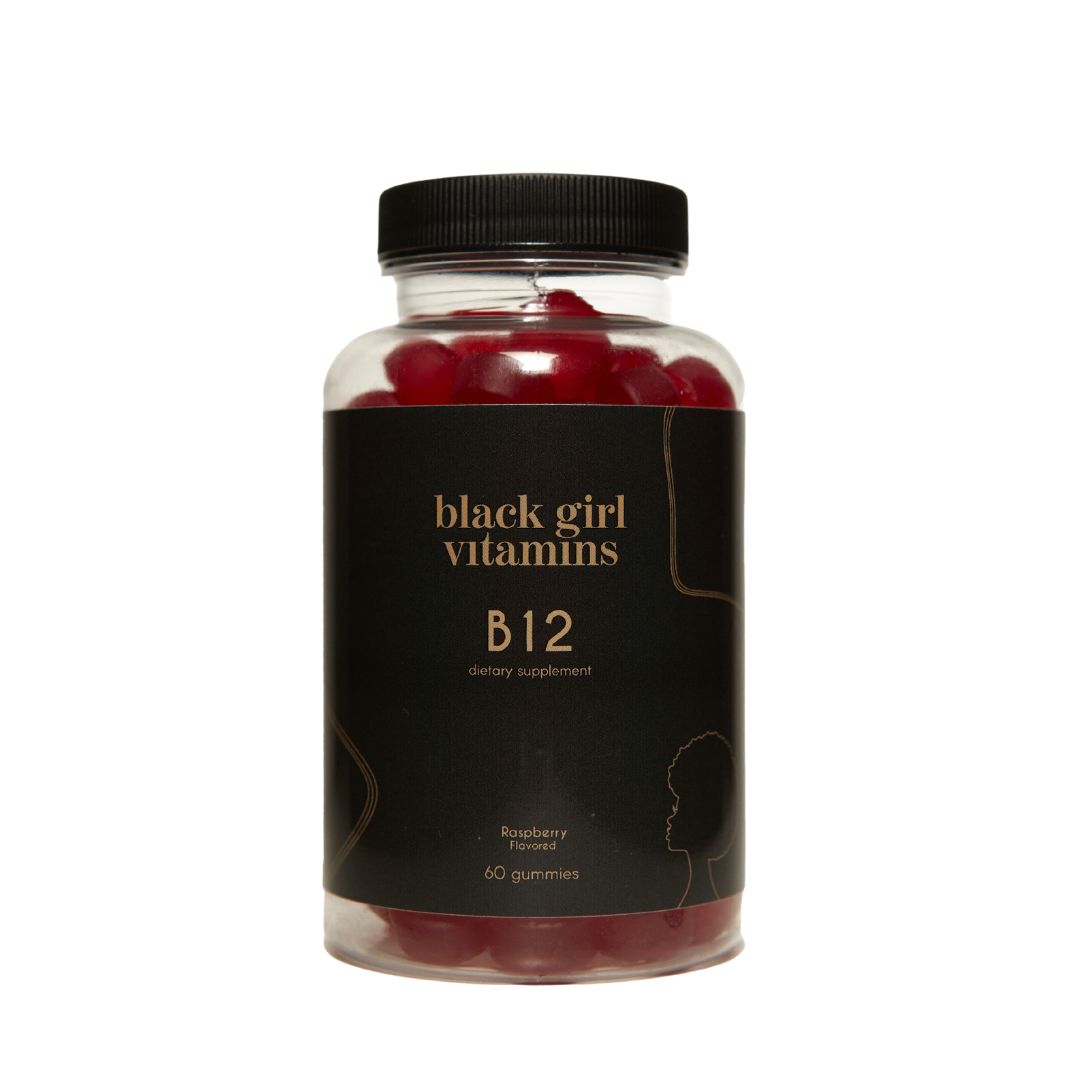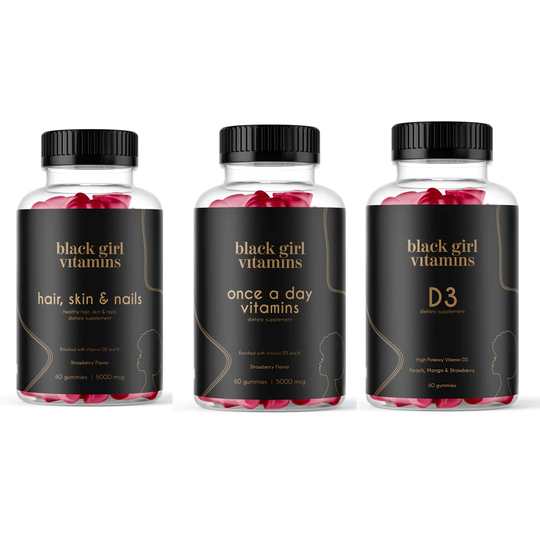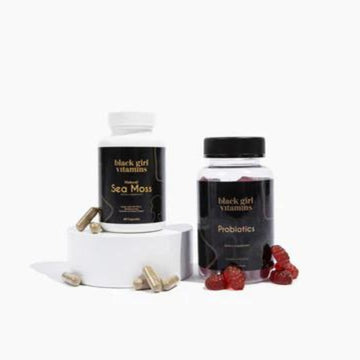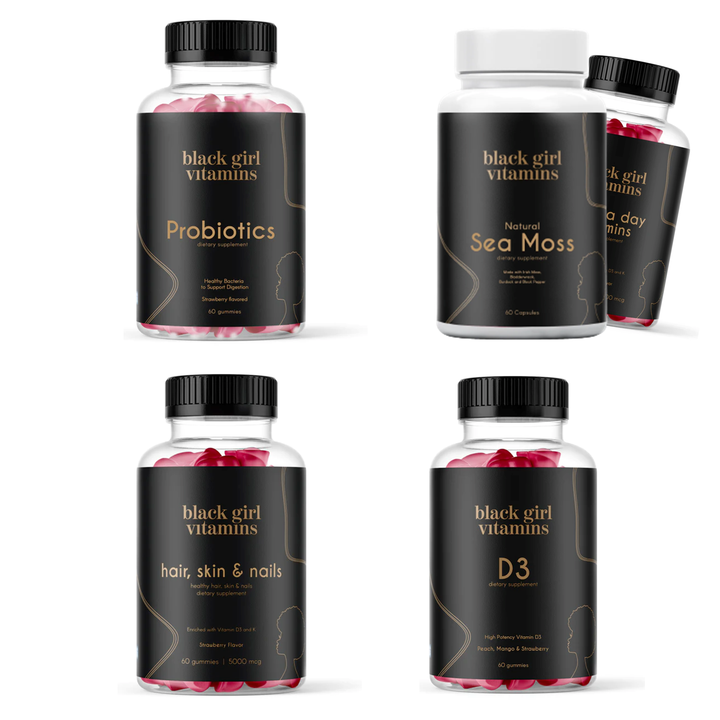Protective Hairstyles for Black Women To Support Hair Growth

If you want your Afro-textured hair to be strong, healthy, and gorgeous, it’s important to understand the role of protective hairstyles. They’re not just visually stunning — they support your hair growth and overall hair health.
Afro-textured hair has different maintenance needs than other hair types. Let’s talk about how protective hairstyles are tailored for Black women and the importance of being aware of common hair issues.
What Are Protective Hairstyles?
There are a variety of techniques and designs that fall under protective hairstyles. Their primary goal is to keep your hair safe from environmental stressors and excessive manipulation.
For those who are susceptible to vitamin B-related diseases, these styles are especially important to minimize the damage that can hinder your hair growth.
When exposure to the elements causes dryness, breakage, and split ends, protective hairstyles can support healthier hair retention and preserve your length as it grows.
Some of the most popular protective hairstyles are buns, braids, twists, weaves, and natural hairstyles with extensions. You’ll find every style has unique advantages, such as helping retain moisture and protect your scalp.
How Do Protective Hairstyles Benefit Hair Growth?
More than aesthetics, protective hairstyles are an important part of nurturing your hair growth, especially if you’re at risk of any of the conditions that can impact your hair. These styles help lock in moisture, preventing dryness and brittleness (which is sometimes associated with vitamin B deficiencies).
They preserve your hair’s natural strength and length, reducing breakage and split ends by minimizing the manipulation and friction that can damage your hair. They also help shield your hair from pollutants, harsh weather conditions, and UV radiation.
Protective hairstyles promote healthy new hair growth by maintaining a healthy scalp environment and minimizing stress on hair. This creates the ideal circumstances for hair to grow longer and stronger.
Protective hairstyles are an important part of developing a hair care regimen that will foster and support your hair growth goals. Choosing the one that’s right for you is especially important if you struggle with the effects of vitamin B deficiency diseases on your hair.
What Are the Best Protective Hairstyles for Black Women?
You have a wealth of protective hairstyle options to help you prioritize your hair health without sacrificing your beauty goals. From cornrows to box braids, two-strand twists, Senegalese, or even crochet braids and faux locs, there are many different protective hairstyles. Shielding your hair from damage, retaining moisture, and avoiding too much handling should be a critical part of your hair care routine.
To choose the best style for your needs, you will need to consider a few factors: hair type, texture, desired length of wear, and intended outcome.
You can get personalized recommendations tailored to your needs and preferences by consulting a hairstylist experienced in Black hair care.
Maximizing the benefits of your protective hairstyles means maintaining the longevity and health of your hair. Care routines should include gentle cleansing with sulfate-free shampoos, moisturizing with leave-in conditioners, and protecting your scalp with oils or serums.
A good nighttime routine uses satin or silk scarves, bonnets, or pillowcases to preserve your style and reduce friction-related damage. Using regular touch-ups and scalp massages will also promote circulation to your hair follicles, aiding the health of both your scalp and hair shaft.
What Are Some Common Protective Hairstyle Mistakes To Avoid?
Protective hairstyles benefit your hair health, especially if you have weak hair due to vitamin B deficiencies, but there are a variety of common mistakes that will reduce their effectiveness.
Avoid overly tight styles. Your scalp shouldn’t hurt while or after your hair is put up in a protective style. Pain is a sign of damage to your hair and scalp that can increase your risk of hair loss.
Neglecting your scalp care is a no-no. You need to wash regularly with diluted shampoo designed for your hair type, moisturize regularly with lightweight products, and massage your scalp gently to support healthy hair and new growth.
Don’t leave styles in too long without maintenance. Following recommended maintenance schedules for washing, conditioning, and re-styling protects your hair from breakage and irritation.
Protective Hairstyles Support Healthy Hair Growth
Protective hairstyles are a powerful tool for growing healthy hair. Choosing the right style and avoiding common mistakes, along with maintaining a balanced diet that supports your hair’s well-being, will help you maintain your crown.
You can also rely on Black Girl Vitamins to provide specially formulated vitamin supplements for healthy Afro-textured hair to give your body more of what it needs to grow out your curls.
Sources:
Afro-Textured Hair | St George’s University Hospitals
Black Hair :Tips for Everyday Care | American Academy of Dermatology Association
Afro-Ethnic Hairstyling Trends, Risks, and Recommendations | MDPI





